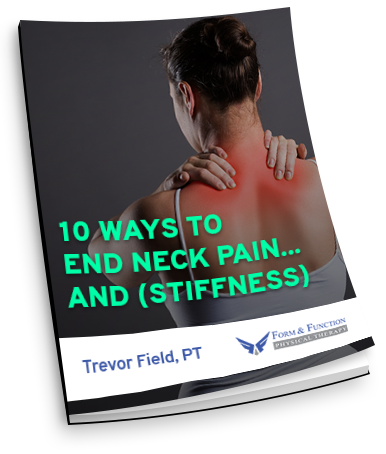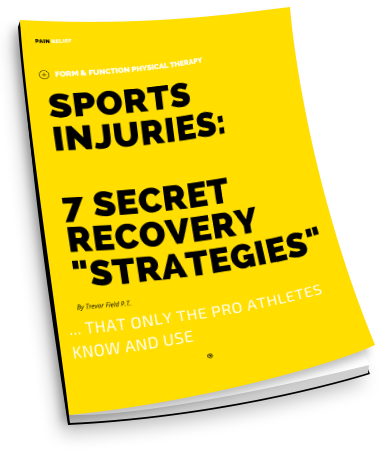Plantar Fasciitis
What is it?
Plantar fasciitis is a chronic inflammation of the plantar aponeurosis. This a band of tissue that attaches from the heel of the foot to the forefoot (just before the toes). This tissue provides support to the muscles and ligaments that support the arch. Repetitive stress to this area can also cause heel spurs to develop in this area.
What causes it?
It occurs when the plantar fascia is stretched irregularly and causes micro-tears, resulting in inflammation. This can occur in several 
- High arches
- Fallen arches
- Tight Achilles tendon and calf muscles
- Repetitive overuse (jumping or pounding on feet)
- Standing, walking, or running on hard surfaces
- Being overweight
- Poor support or cushioned shoes
- Natural aging
- Traumatic injury
- Weakness in the core or hips
- Lower back problems
What are the symptoms?
- Heel pain/stiffness (often with the first steps in the morning or after prolonged sitting which improves after a few steps, but may worsen by the end of the day.
- Increased pain when climbing stairs
- Pain with standing on toes
- Pain with prolonged standing
- Pain at beginning of exercise, dissipates as exercise continues, returns once exercise is stopped
- Tenderness on inner heel, bottom of foot, and along plantar fascia
What if I don’t treat this problem?
Failure to address the situation can lead to increased pain , change in walking pattern (compensation which can lead to pain in other areas such as the knee, ankle, foot and back. In some cases the formation of a bone spur can result. This occurs with repetitive pulling of the fascia at their attachment of the heel bone, which stimulates calcium/bone growth resulting in a spur.
What should I do?
- Limit activities that aggravate the pain (i.e. running jumping etc.)
- Wear shoes with good shock absorption and arch support. No heels of any kind.
- Icing the heel 10 minutes several times a day.
- Obtain heel cushions or arch supports from Form and Function PT.
- Inflammation support supplements like JointNutra Care as we recommend at Form and Function PT.
- Replace high impact exercise with other non-weight bearing exercise (pool exercise, biking ellipse machine)
- Custom orthotics may be recommended based on your physical therapy evaluation. Ask your physical therapist.
There are also revolutionary treatments available like Cold LASER that can resolve the problem in as few as 3 to 9 sessions, and costs as little as a good pair of shoes. Trevor Field is a physical therapist in Rancho Cucamonga, California, specializing in treatment of adolescent athletes, and has developed programs for ACL injury prevention, and sports performance enhancement. To learn more, go to www.formfunctionpt.com





